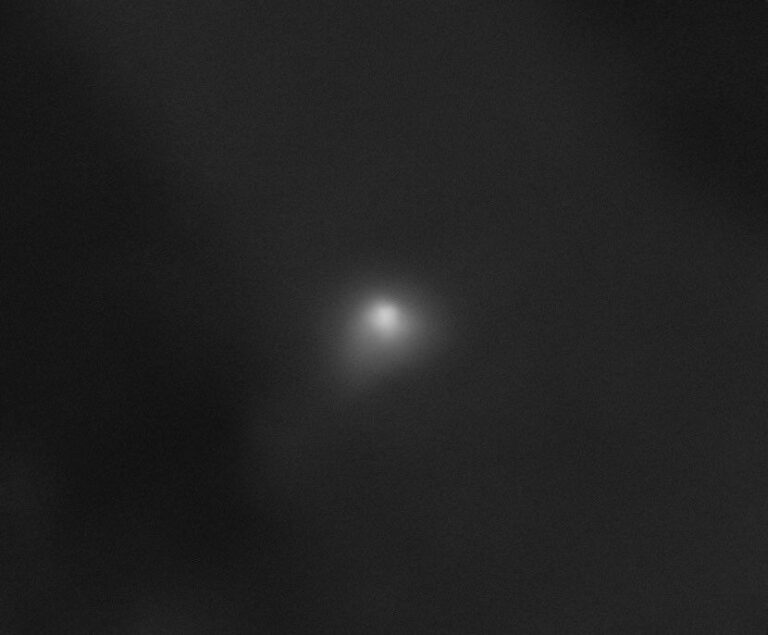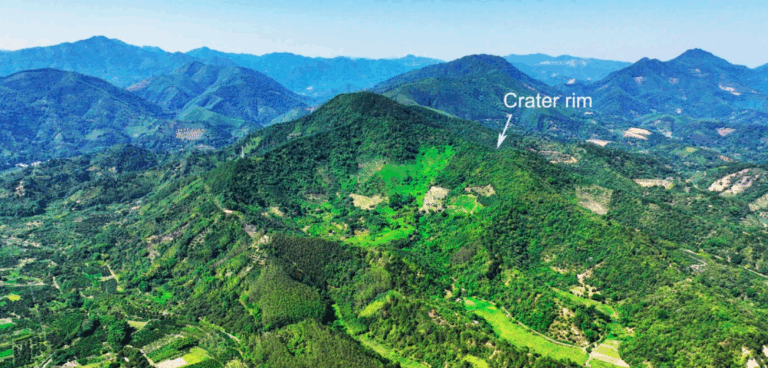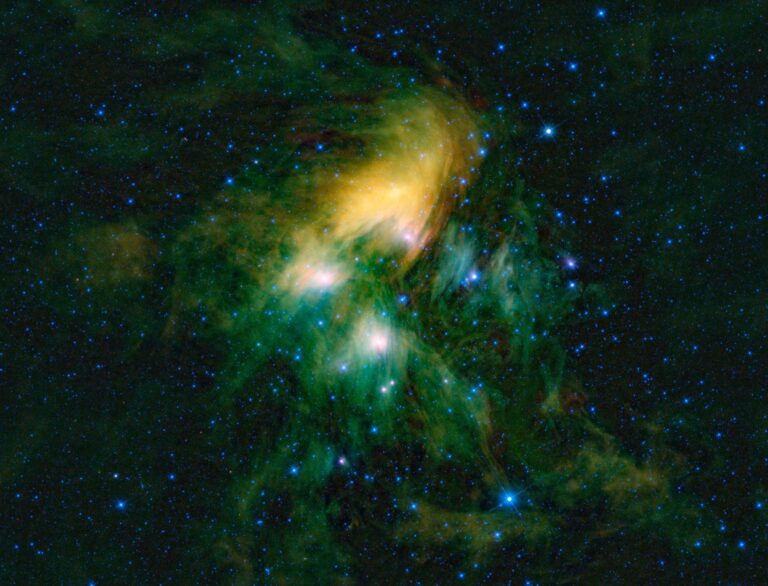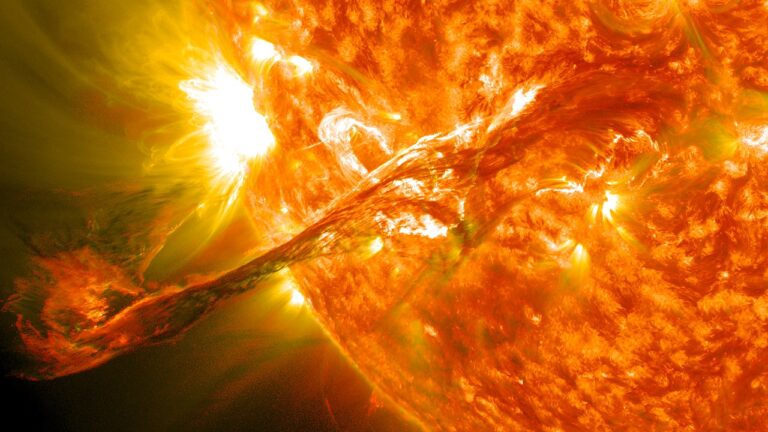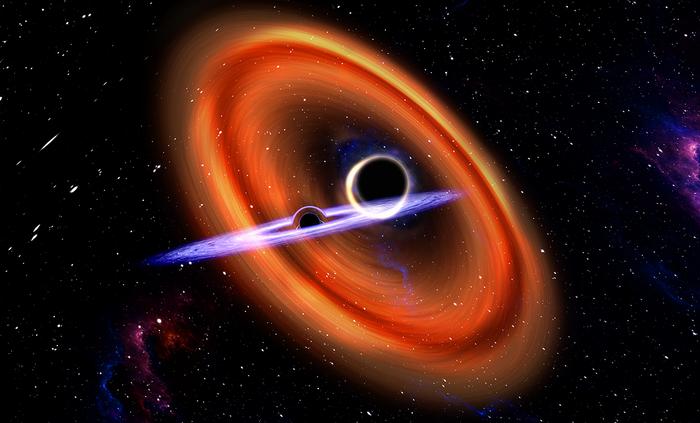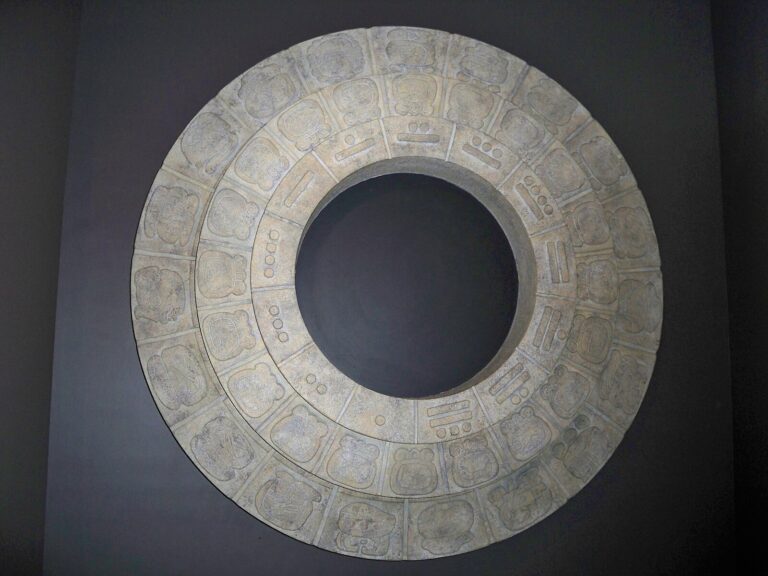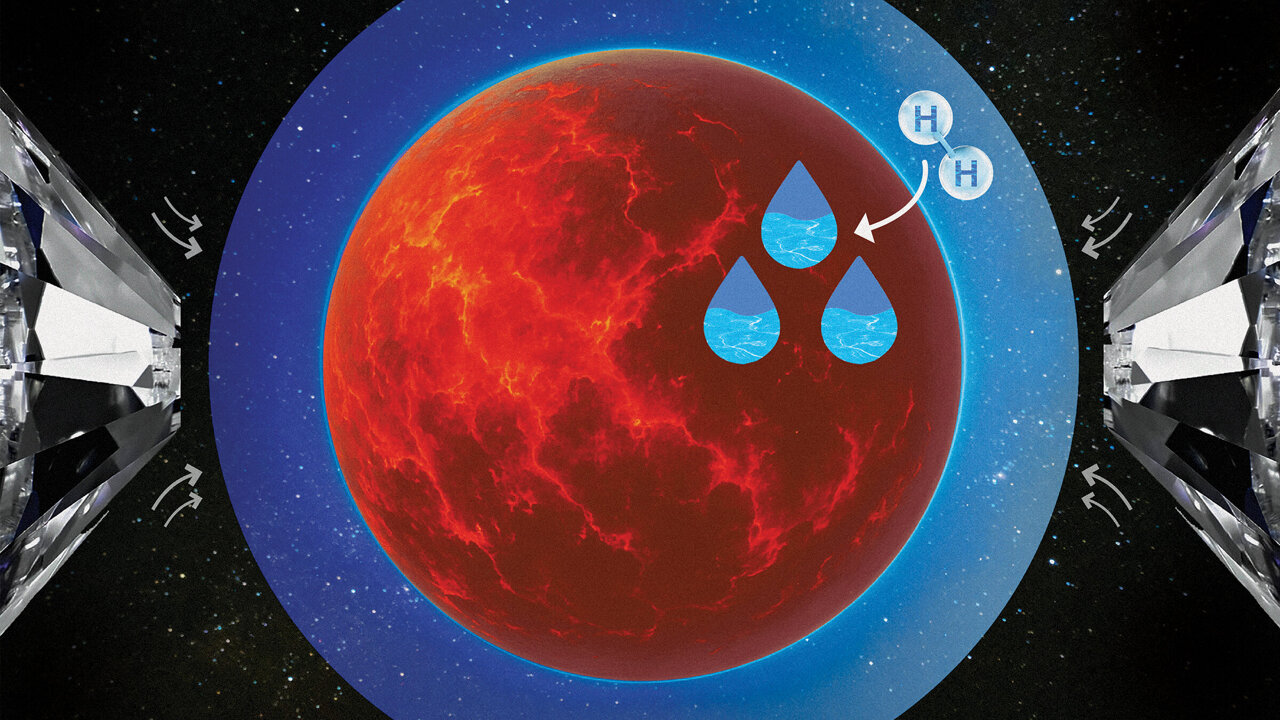
Credit: Navid Marvi/Carnegie Science
Key Takeaways:
- New experimental research demonstrates that sub-Neptune exoplanets, the most common class discovered, could possess large quantities of liquid water.
- The study simulated early planetary conditions, subjecting hydrogen (representing an atmosphere) and iron-rich silica melt (representing a magma ocean) to extreme pressure and temperature.
- Experiments showed substantial dissolution of hydrogen into the melt and the production of significant water quantities via iron-oxide reduction by molecular hydrogen.
- This work provides the first experimental evidence for a natural mechanism of water creation during planet formation, impacting our understanding of planetary interiors, atmospheres, and habitability.
Researchers have discovered more than 6,000 exoplanets in our Milky Way. Of these, the sub-Neptune class, which are smaller than Neptune and more massive than Earth, are the most common. These planets also have atmospheres rich in hydrogen and rocky interiors. Now, new research published in Nature by Carnegie Institution for Science’s Francesca Miozzi and Anat Shahar shows that these worlds could also have large quantities of liquid water.
“Our rapidly increasing knowledge about the vast diversity of exoplanets has enabled us to envision new details about the earliest stages of rocky planet formation and evolution,” Miozzi explained. “This opened the door to considering a new source for planetary water supplies — a long-debated mystery among Earth and planetary scientists — but experiments designed with this purpose in mind were absent.”
Many fields represented
This work is part of the AEThER (Atmospheric Empirical, Theoretical, and Experimental Research) project, which was founded and is led by Shahar. The group brings together experts in astronomy, chemistry, planetary dynamics, petrology, mineral physics, and more. Its goal is to answer basic questions about how rocky planets develop favorable conditions for life. And key to the recent experiments, the group focused on linking planetary atmospheres to the evolution and dynamics of the rocky worlds below them.
Previous modeling demonstrated that hydrogen interacting with iron-bearing magma during planet formation can produce significant quantities of water. But there’s never been an experiment to show that this can happen.
Quite a process
Miozzi and Shahar led a team of researchers in an experiment designed to have hydrogen, representing the early planetary atmosphere, and iron-rich silica melt, representing the formative magma ocean, combine as they would on a forming planet. They did this by subjecting samples to nearly 600,000 times atmospheric pressure and heating them to more than 4,000 degrees Celsius (7,200 degrees Fahrenheit).
“Our work provided the first experimental evidence of two critical processes from early planetary evolution,” Miozzi said. “We showed that a copious amount of hydrogen is dissolved into the melt and significant quantities of water are created by iron-oxide reduction by molecular hydrogen.”
This experiment demonstrated that large amounts of hydrogen can be stored in a magma ocean while water is forming. The results can help scientists get a handle on the physical and chemical properties of planetary interiors — especially their cores — and also the makeup of their atmospheres.
“The presence of liquid water is considered critical for planetary habitability,” Shahar said. “This work demonstrates that large quantities of water are created as a natural consequence of planet formation. It represents a major step forward in how we think about the search for distant worlds capable of hosting life.”


